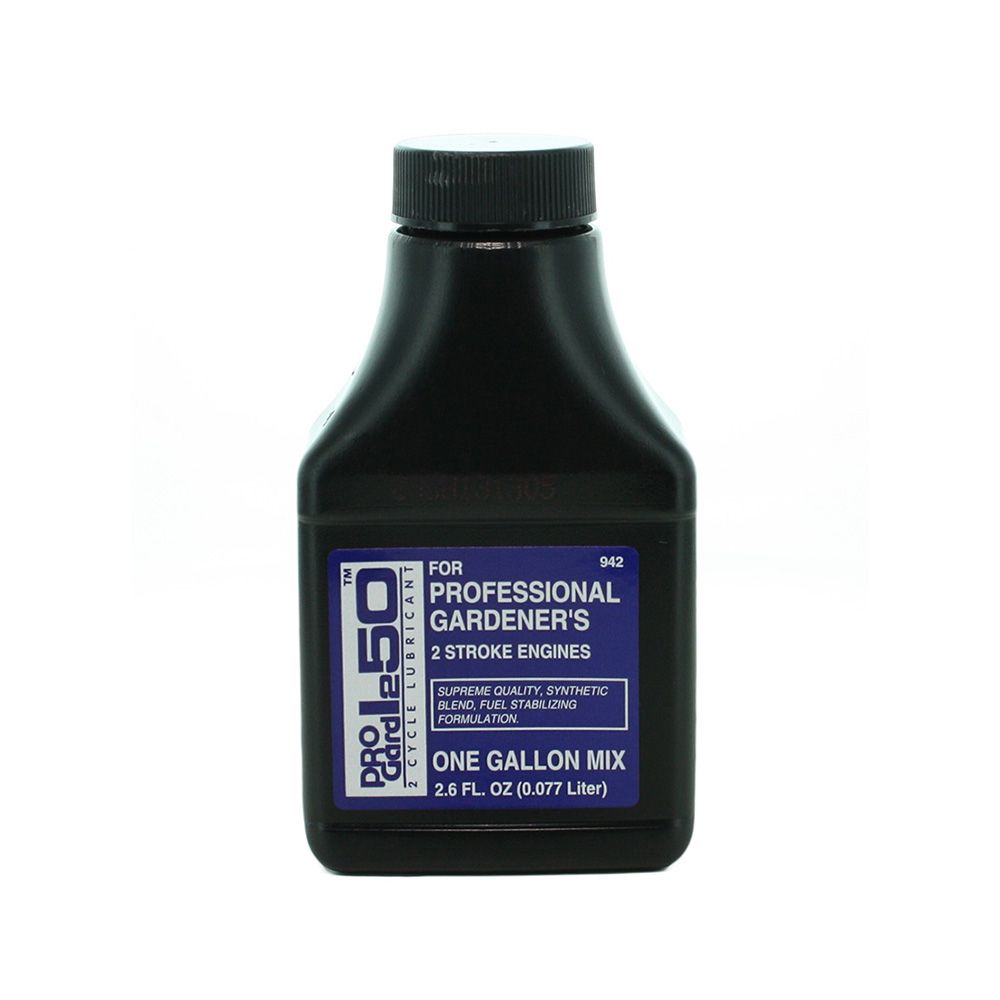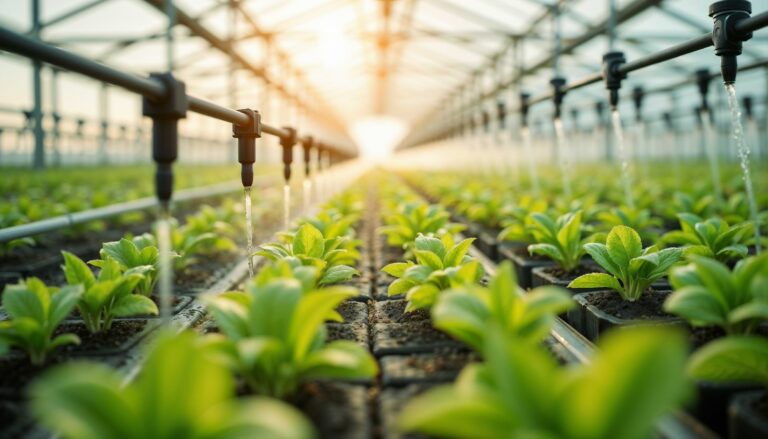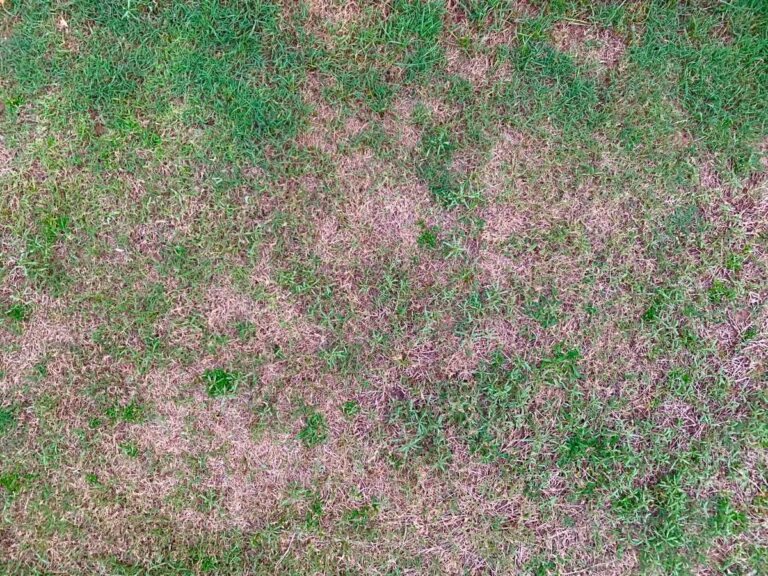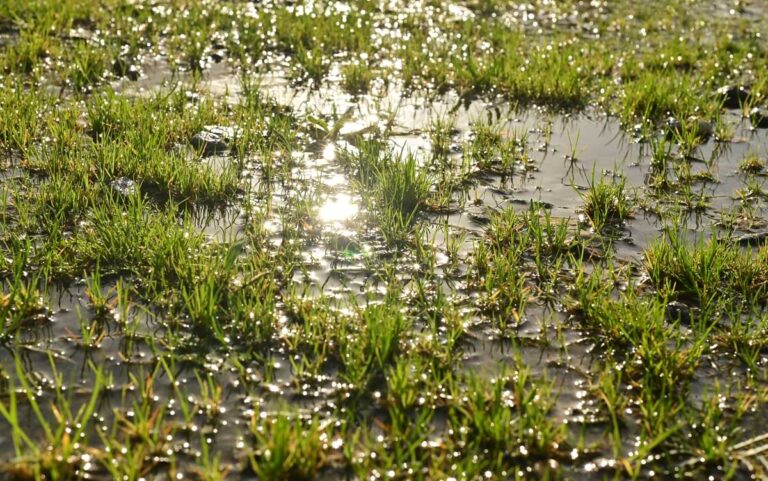Building Efficiency Into Your Lawn
This article discusses how you can save water without sacrificing a beautiful lawn. Save thousands of gallons of water and have the best-looking lawn on your block by using these simple tricks.
Every year I look forward to winter because there is no more lawn care or yard work. I used to live in the northern states where in the winter you would trade in your lawn care tools and tasks for snow removal tools and tasks. Now that I live in the warmer southern states I don’t have to worry about snow removal.
But alas, the end of winter is coming into focus and it won’t be long before we will all have to get out our lawnmowers and weed whackers. Let’s review some simple ways you can save water this summer while creating the greenest most beautiful lawn on your block
Mulch
Mulching your grass clippings and allowing them to return back to the ground will help to conserve water use. The clippings act as an insulation preventing moisture loss. Even if your lawnmower is not designed to be a mulching mower, you can buy special blades that will help to chop the clippings more finely allowing them to fall down into the grass. Click here to learn more about the water-saving benefits of mulch.
When To Water Your Lawn
Knowing when to water is key. It is sometimes mistakenly thought that the best time to water is at the height of the day’s heat and direct sunlight exposure; possibly because it is thought that the moisture will provide a break from the intense stress of the sun and heat. However, this is just simply not true, the best times to water are the early morning and the late evening. when the sun is lower on the horizon and the winds are typically at their lowest. These conditions help the water to not evaporate uselessly. Click here to learn more about how to conserve water with an irrigation system.
Timer
Your lawn has needs too! Be sensitive to the needs of your lawn and give it what it wants! Far too many people think that a sprinkler system is a set it and forget it type of system. While we hope that it does function in a set-it-and-forget-it fashion, the timing does need some attention on a month-to-month basis. As the seasons change, the amount of water required by your lawn will change as well.
In northern climates, where sprinkler systems are decommissioned in the winter and blown out, the watering times shown below will only apply to the months where you are watering, whereas in warmer climates year-round watering should follow a pattern resembling this one. The following table shows a general idea of the amount of water you need to apply to your lawn based on the time of the year. Click here to shop controllers and sprinkler timers.
| January @ 12 minutes | July @ 49 minutes |
| February @ 10 minutes | August @ 60 minutes |
| March @ 17 minutes | September @ 48 minutes |
| April @ 40 minutes | October @ 43 minutes |
| May @ 64 minutes | November @ 32 minutes |
| June @ 50 minutes | December @ 16 minutes |
Cut It High, It Won’t Be Dry
During the growing season of the lawn, it is best to allow the grass to stay higher. Taller grass is much healthier and more robust than a tightly shorn lawn is. Some people advocate that the first mowing of the season be a very close one, however, we recommend that you de-thatched your lawn prior to the first mowing by using a power rake to remove last year’s remaining dead matter. This process, along with aeration, will give the lawn the best access possible to fresh air, water, and sunlight. Then going forward throughout the growing season the lawn should not be mowed down really short, taller grass is healthier. This does mean that you will have to mow more often. It will provide you with a greener, more beautiful, and less thirsty lawn.
Water Brown Spots with a Hose
During the main growing season of the year, if you have a brown spot in your yard, and you have checked to ensure your sprinklers are hitting it, rather than running the system for longer time, you can water that single spot using less water by using a hose with the sprinkler on the end. Purchase and incorporate an automatic shutoff to prevent overwatering. Set the sprinkler to cover the brown area of the yard. After that, set the timer to shut it off, so you don’t forget about it.
If you find that the brown spot is not greening up after being given plenty of water, then you should probably look into other issues such as a fungus, or grubs which can cause a brown spot or dead spot in spite of receiving plenty of water. There are solutions for applying all natural insecticides directly through the sprinkler system.
Collect Rain Water
You can conserve a tremendous amount of water by using recycled rainwater to water your plants, especially if you are the type who uses a running hose to water your plants. The good news is that if your home has rain gutters already installed, then collecting rainwater may be easier than you thought! Simply allow the water to collect on its own in a rain barrel designed to collect and store water whenever it rains and use that water in a watering can to water your plants.
Use a Rain Sensor With Your Sprinkler Timer
Technology has brought many different areas of our lives into the 21st-century digital world. This is no exception for the area of sprinkler controllers. By incorporating the use of internet connections, and sensors seeing a sprinkler system running while it is raining is now a thing of the past! Get a controller which can access the weather report and adjust its control automatically, or install a rain sensor to shut down the system when it senses rain. Click here to shop for rain sensors and learn how to install an automatic rain sensor.































